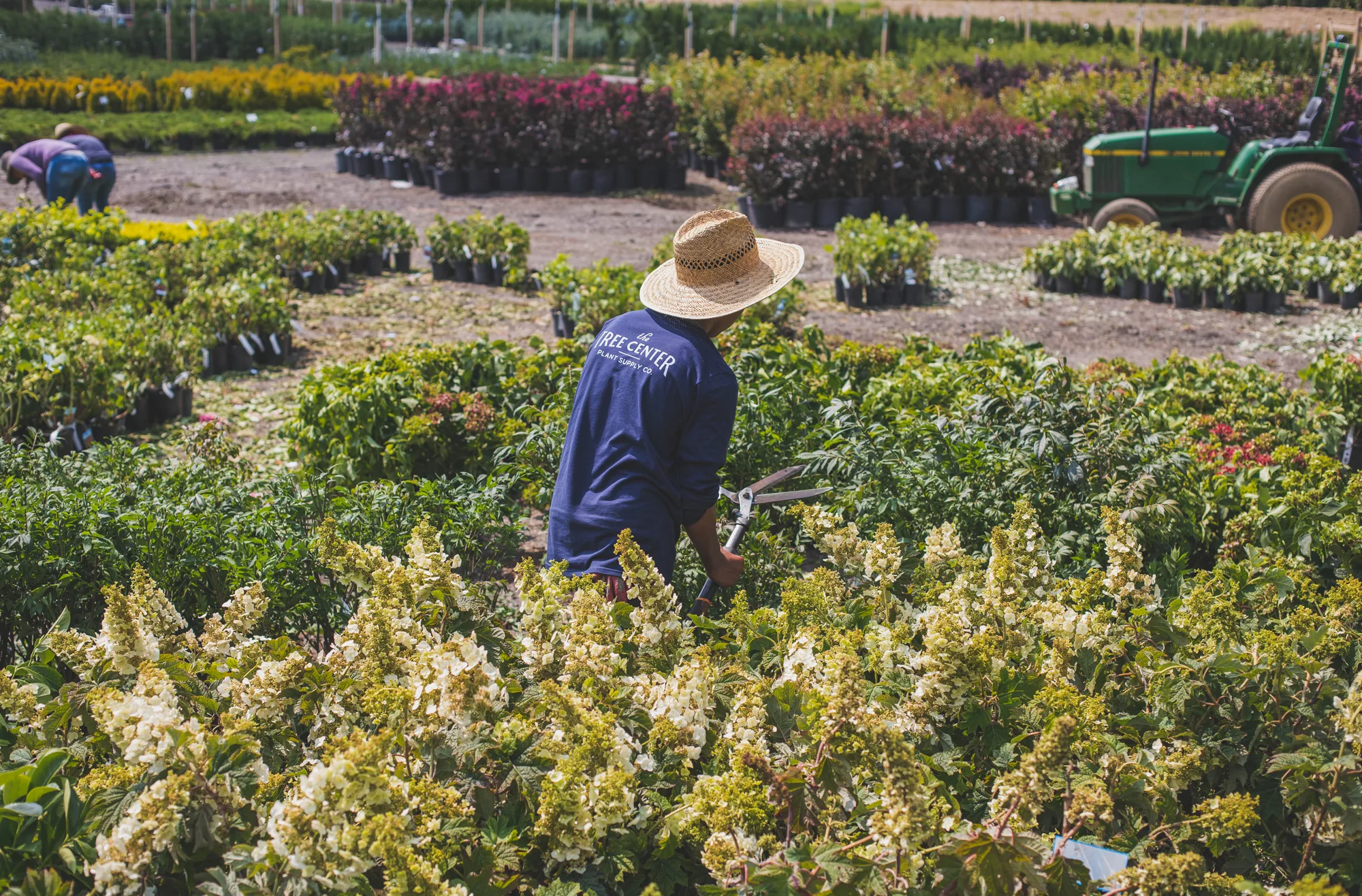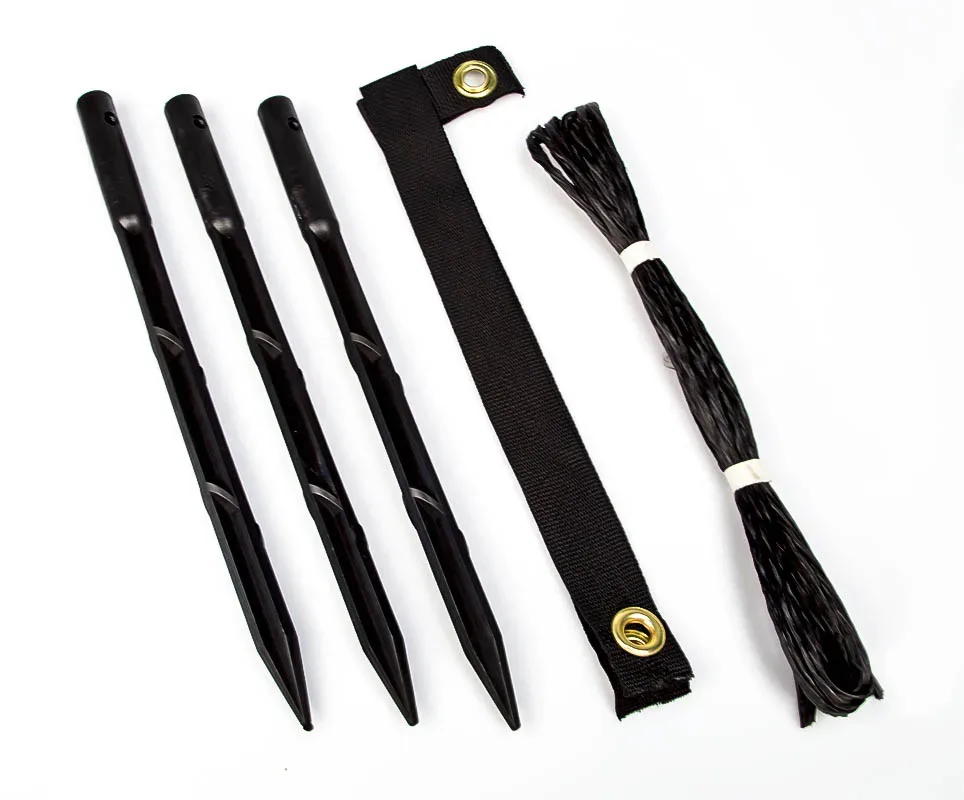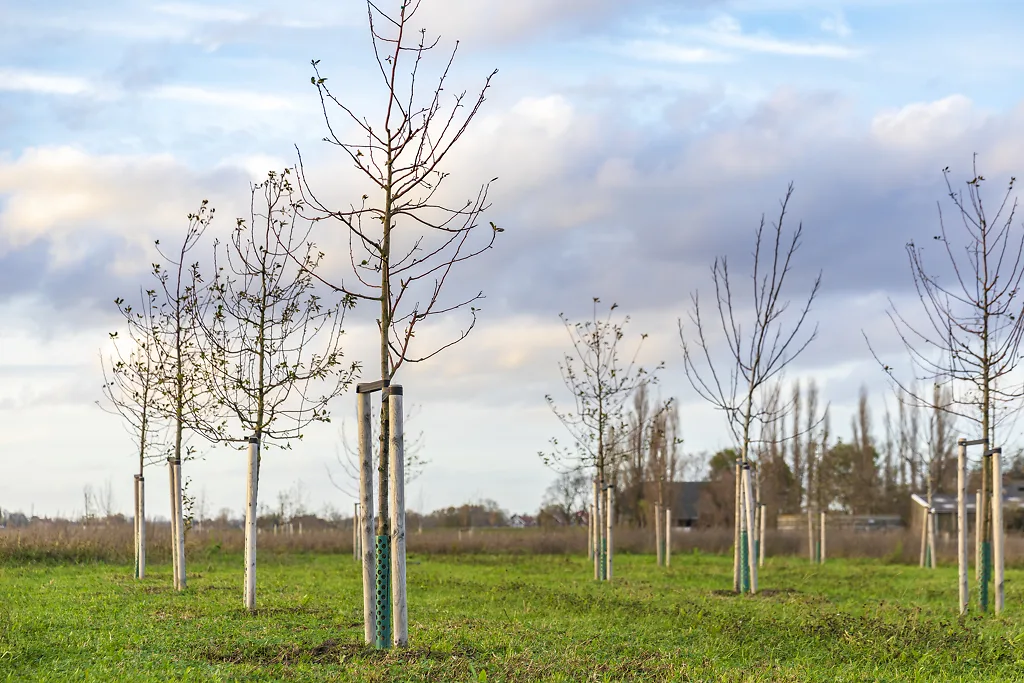
Written by s • Pruning Young Trees for Future Strength and Long Life – Part 1, The Basics
This is the first part of a three-part blog on tree pruning. Not the big stuff, handling mature trees, but what to do with that young tree you just planted, or maybe you planted it a year or two ago. In this section we cover the basics, the ‘why’ if you like. In Part 2 we look at the tools you need, and how to use them. Then in Part 3 we get down to it, taking your young tree and over several years perhaps, developing it into a gorgeous specimen that can withstand storms better, and will have a much better chance of remain whole and healthy for many, many years.
Planting a tree has always been a symbol of hope for the future, and this is perhaps even more true today, in this time of climate uncertainty. You may simply picture yourself in a few years sitting in the shade of it, or maybe you planted it to commemorate a marriage or a birth, to grow as your family grows with it. Perhaps you hope to replace a lost old tree, or contribute to your urban forest. Heck, maybe you just love trees and take pleasure in watching them thrive and grow under your care.
Whatever your reason for planting it, here it is, this young tree standing on your land, heading into a future that could be anything from 75 years to 750 years or more, depending on the type of tree. Many trees can live a very long time, if chance or circumstances don’t bring that to an earlier end. Many cities embark on ambitious tree planting schemes, yet the Department of Agriculture recently found that the average life of a city tree is only 20 to 30 years – perhaps only one-tenth of the time they would be expected to live out in the natural word. Trees in gardens often do much better, and live much longer, but still don’t manage to come close to their natural lifespan.
The reasons for this are complex, and can include:
- poor selection of species or variety in the first place – ‘right tree in the right place’
- planting in a spot that is too confined, so they soon outgrow it and have to be removed. This is especially seen in planting too close to a house, or without checking utility lines overhead.
- Improper planting, especially planting too deep – always a problem, but especially so for some trees, such as many pines.
- Poor soil, especially – for most trees – poor drainage
All these things relate to actually getting the tree into the ground, but once you have done that – hopefully successfully – then what next?
Staking
Many people over-stake their trees, thinking they need holding up until they are strong enough to stand on their own. Imagine if you did that with a child, never letting go until some mythical future moment, and instead always supporting its weight as it struggled to stand and walk for the first time. Yes, babies need some help with balance at first, but if you never let go, they would never walk alone, right? The same is true of a tree – it must learn to stand alone against the elements, and excessive staking only fools it into thinking it lives in an easy place, making it throw out many branches, but never thicken the trunk it needs to support them. Sooner or later, when released, it will flop and be likely to break. For details on how to stake trees correctly, for maximum future strength, check out this helpful blog post.

Formative Pruning
Now we come to the nitty-gritty of it all, the importance of pruning to develop a strong tree that will be more resistant to storms and the trepidations of an unknown future.
But no-one prunes wild trees. . .
You are right, they don’t. There are two main reasons why we see perfectly healthy and happy trees, even of great age, in the wild. They have never been pruned. The first reason is good old ‘survival of the fittest’. That one tree you see has made it, while many, probably hundreds, have fallen by the wayside somewhere between being a young seedling and reaching a great age. The weak trees have already be taken down by a storm decades ago, or decayed slowly. While that process does also go on in gardens, with trees dying within a few years of they were bad choices, or something just went wrong. But we can hardly garden with such a lottery system.
The second reason is more subtle, but just as important. Most trees grow in forests with others, perhaps of their own kind, perhaps different species. This encourages them to push upwards, keeping a strong central leading stem, and keeping side branches relatively small and close to the trunk. Planted as a solitary specimen, out on a large lawn, for example, they don’t have that upwards pressure, and become much wider, with larger side branches. These can become unstable, and the loss of a huge limb is one of the most common things seen with garden trees.

There is another reason too. For a variety of perfectly good reasons, tree nurseries tend to prune their trees to develop tight, dense crowns. They take up less room while being grown, develop thicker trunks faster, and most gardeners look for solid young trees and reject a wispy, open-branched sapling.
When to Start Pruning
Most of the time it is best to give your new tree a whole growing season, from a spring to a fall, before starting to prune. So if you planted in summer, for example, let your tree grow the whole of the next year before doing any formative pruning. This gives your tree time to spread out its roots a bit, and be able to tap into the resources of the soil more effectively. This in turn means it will respond better and more quickly to any shaping you do. Pruning too soon could remove too many leaves, weaking the tree, slowing down its establishment, and possibly make it more likely to die over winter.
Let’s Move On
So know you know all the reasons why formative pruning is a good idea with new trees. You probably came here for practical advise too, so let’s now move on to Part 2 of this blog, where we look at the best equipment and techniques to do a good job.





